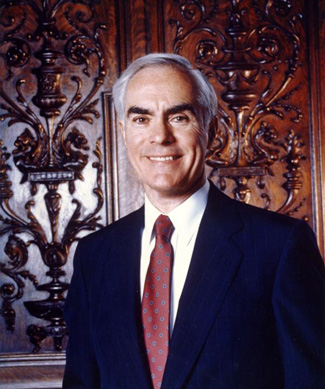On Tuesday of this week, it was reported that a potentially landmark abortion case out of Louisiana could reach the Supreme Court in the near future. A very similar case that originated in Texas was decided a few years ago, before the confirmations of two young, conservative justices, Neil Gorsuch and Brett Kavanaugh. The new law would require doctors performing abortions to have admitting privileges at a hospital, which could severely limit the number of medical professionals available to perform the procedure in the state. With abortion still a controversial political issue and renewed fears that President Trump’s recent appointments could reshape how the Supreme Court views abortion, this post will explore the legacy of two of the most famous cases in recent history: Roe v. Wade and Planned Parenthood v. Casey.

In 1965, the Supreme Court decided Griswold v. Connecticut, a test case concerning a Connecticut law that banned several forms of contraception. Lawyers representing Estelle Griswold, the head of Planned Parenthood in Connecticut, argued that a married couple was guaranteed certain privacy rights by the Constitution, including the right to be informed about and to use contraception. The Court, in a 7-2 decision, found that various amendments confirmed Griswold’s argument that certain medical and marital affairs were private, and therefore could not be strictly legislated. Specifically, the 14th Amendment, which protects the right to due process of law, was a key part of the Supreme Courts reasoning. Several other amendments were also cited as implicitly protecting a couple’s privacy.

The Supreme Court relied on similar reasoning when deciding Roe v. Wade in 1973. Abortion was already a long-established practice in the United States, but by the mid 1900s, the issue had become more publicized and increasingly controversial. Jane Roe, barred from seeking an abortion in Texas, appealed to the Supreme Court, which decided in another 7-2 ruling that the same 14th Amendment logic it had applied in Griswold v. Connecticut applied to abortions. Essentially, the Supreme Court determined that abortion was an issue of a woman’s autonomy over her own body, and therefore constitutionally protected. The limitation to this, the court ruled, was when an abortion happened after the first semester, in which case a state could limit access to an abortion.
The Supreme Court would revisit Roe v. Wade less than twenty years later, when, in 1992, the court upheld a woman’s right to abortion in Planned Parenthood v. Casey. By 1992, the make-up of the court had changed significantly. The recognizable, conservative justices Anthony Kennedy, Antonin Scalia, and Clarence Thomas had all been appointed by 1992. Sandra Day O’Connor, appointed by Ronald Reagan, and David Souter, appointed by George H. W. Bush, filled out the court’s conservative bloc. Justice O’Connor played a tremendously influential role in the case. She was the first female justice, and is often credited with introducing the phrase “undue burden” into the court’s vernacular. This phrase is at the core of the current precedent surrounding abortion rights in America.

Governor Robert Casey (father of current Pennsylvania Senator Bob Casey) had signed into law several abortion restrictions in Pennsylvania, including requiring clinics to wait a set amount of time before performing a procedure and to provide women with certain information regarding abortions. Additionally, married women had to notify their husbands. These restrictions, it was argued, sometimes prohibited women from obtaining the procedure. The Supreme Court agreed and, even with a majority of conservative justices, reaffirmed to guiding constitutional principles laid out in Roe v. Wade.

The justices, however, did away with the trimester approach taken in Roe v. Wade, instead focusing on the viability of a fetus. This reshaping of court precedence is where O’Connor incorporated the phrase “undue burden” with respect to abortions. She argued that Roe v. Wade was incorrect in completely barring states from legislating procedures before the end of the first trimester. Instead, states are only prevented from placing an “undue burden” on a woman seeking an abortion before the fetus is viable. This new doctrine of “undue burden” was a double-edged sword that introduced a new layer of complexity. While the court did uphold the basic idea of Roe v. Wade, the phrase “undue burden” is vague and open to interpretation, often giving states leeway in policy-making. This phrase is also what gives Planned Parenthood v. Casey its contemporary significance. While long-standing legal precedence suggests that abortion is constitutionally protected, states can effectively end abortion through specific regulations. This is where the case out of Louisiana becomes relevant. While not explicitly a ban on abortions, the law may, in practice, limit access to abortions in Louisiana. It will then be up to the courts to decide whether or not this law constitutes an “undue burden.” With the new appointments of Gorsuch and Kavanaugh, expect this case to be watched closely.